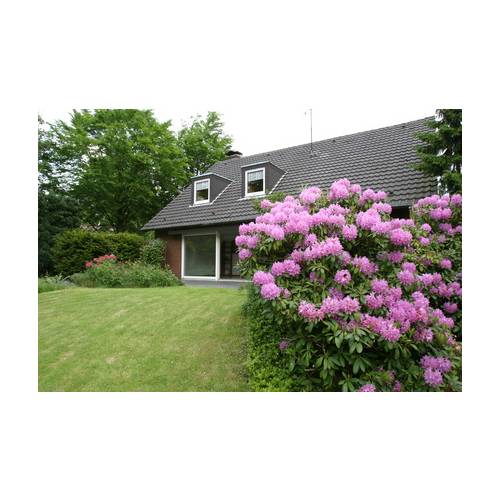
Choose plants in function of your garden
Shrubs and trees near underground pipes
- Details
-
Whether they are for heating, supplying water to the home or getting rid of wastewater, underground pipes are very sensitive to the effects of plants’ roots. It only needs an overly vigorous root to move a pipe and a leak is guaranteed !
The risk is even greater when you are not the owner of the pipes but where the pipes have a right of passage over your land.
In the case of them being damaged by your actions then you will be responsible. The roots of trees can go down several metres.
Among the more common species, the place of honor must go to the pine tree, which can form a veritable underground trunk. Maples like the Sycamore (Acer pseudoplatanus) or the Norway maple (Acer platanoides) however only have a very shallow root system.
Everything is relative though: their roots may not go down more than 2 metres but they still remain in the area where pipes tend to pass.
The ideal solution is to avoid planting trees and shrubs in proximity to pipes. However if the pipes are smooth, encased in concrete or metal and are not too old then you can do some planting as long as you respect a few rules. A general guide is to plant at least 3 metres away from the pipes; a distance of 5 metres however is a safer option.
What to plant?
It is preferable to grow plants with a shallow root system that do not form thick trunks. Cistus, Box, Rhododendrons, Roses, large Lavateras (Lavatera olbiea) or Lilacs all meet these criteria. The Japanese quince and conifers however, which have deep roots are not suitable. Even dwarf conifers are best avoided: 20 years after planting they are still nothing more than a dwarf !
Likewise, avoid shrubs that have a tendency to send up new runners everywhere, even if they have shallow roots. The Ailanthus, bamboos, Sumach and Robinia can all cause significant damage to pipes with their runners.
If the pipes are less than 1 metre deep, you could grow hardy perennials over them. This will cause no damage even if they become very big and leafy as in the case of the Bocconia and Miscathus (Japanese Silver Grass).
Things to think about
You will be more at ease if you protect your pipes using a special protective membrane which stops the advancement of underground roots. A buried wall protecting the pipes from intrusion will be even more efficient.
Things to remember
Above piping used for geothermal heating, you should only grow grass. Not only are the buried pipes very fragile but also the surrounding earth stays frozen longer. This would prove fatal for any plants grown above them. Otherwise, grow perennials with extremely shallow roots like Sempervivum, Sedum or Bearded Iris (Iris germanica). - Photos (1)

